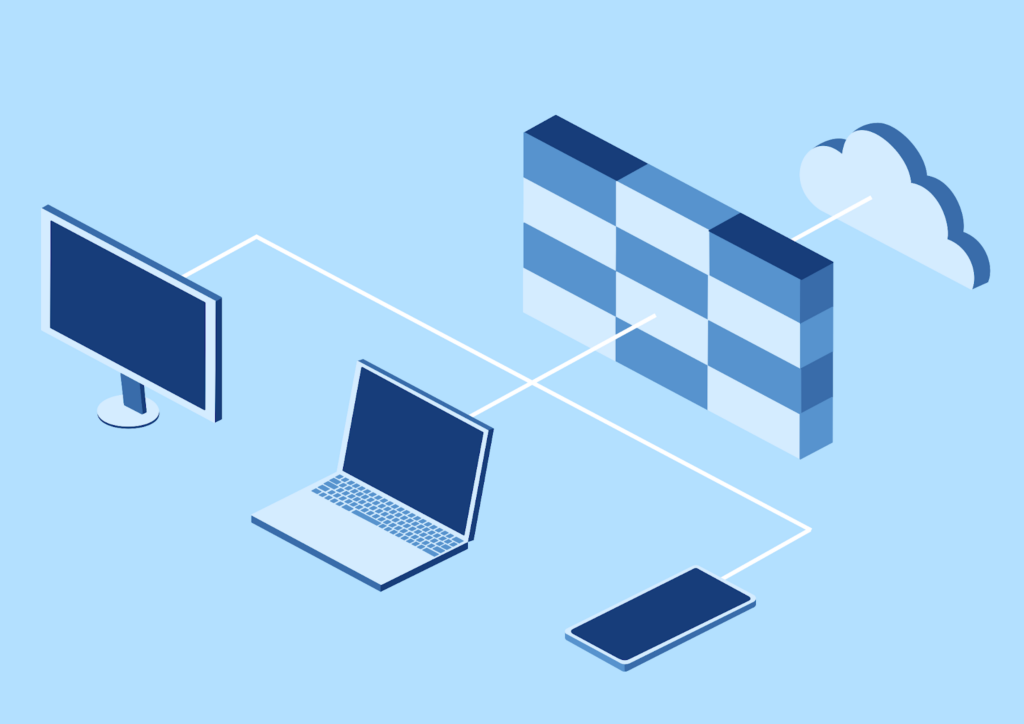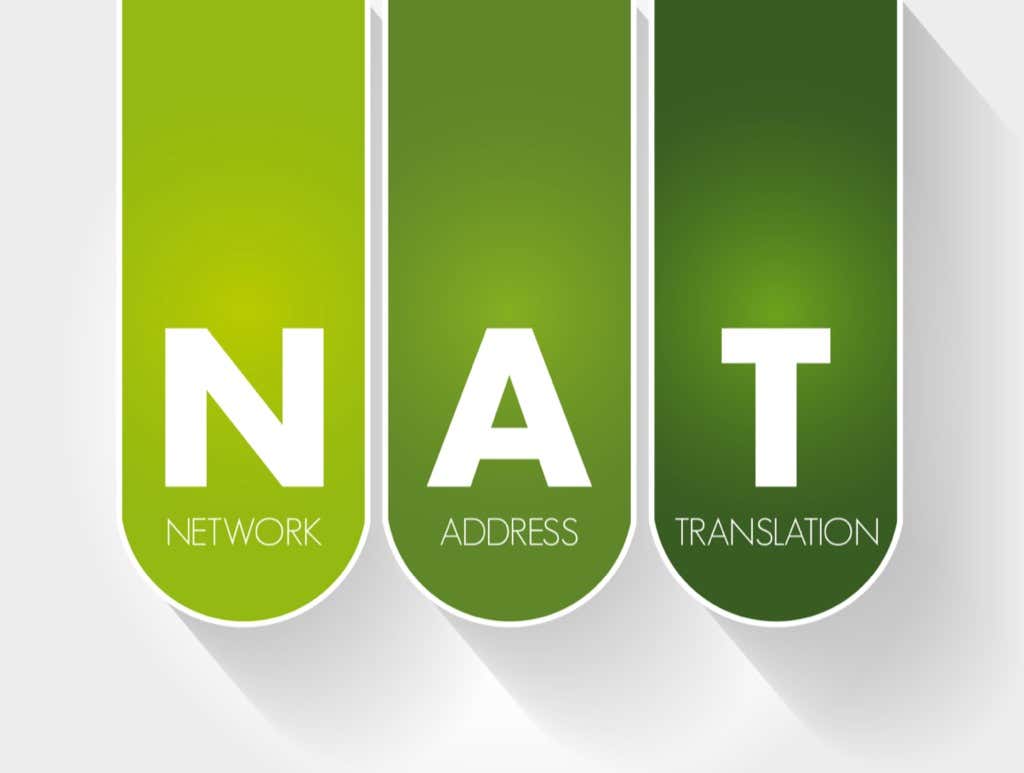Everyone understands the basic function of a firewall – to protect your network from malware and unauthorized access. But the exact specifics of how firewalls work are lesser-known.
What exactly is a firewall? How do the different types of firewalls work? And perhaps most importantly – which type of firewall is best?
Firewall 101
Simply put, a firewall is just another network endpoint. What makes it special is its ability to intercept and scan incoming traffic before it enters the internal network, blocking malicious actors from gaining access.
Verifying the authentication of each connection, hiding the destination IP from hackers, and even scanning the contents of each data packet – firewalls do it all. A firewall serves as a checkpoint of sorts, carefully controlling the type of communication that’s let in.
Packet-Filtering Firewalls
Packet-filtering firewalls are the simplest and least resource-intensive firewall technology out there. While it’s out of favor these days, they were the staple of network protection in old computers.
A packet-filtering firewall operates at a packet level, scanning each incoming packet from the network router. But it doesn’t actually scan the contents of the data packets – just their headers. This allows the firewall to verify metadata like the source and destination addresses, port numbers, etc.
As you might suspect, this type of firewall isn’t very effective. All that a packet filtering firewall can do is to cut down on unnecessary network traffic according to the access control list. Since the packet’s contents themselves are not checked, malware can still get through.
Circuit Level Gateways
Another resource-efficient way of verifying the legitimacy of network connections is a circuit-level gateway. Instead of checking the headers of individual data packets, a circuit-level gateway verifies the session itself.
Once again, a firewall like this doesn’t go through the contents of the transmission itself, leaving it vulnerable to a host of malicious attacks. That being said, verifying Transmission Control Protocol (TCP) connections from the sessions layer of the OSI model takes very little resources, and can effectively shut down undesirable network connections.
This is why circuit-level gateways are often built into most network security solutions, especially software firewalls. These gateways also help mask the IP address of the user by creating virtual connections for every session.
Stateful Inspection Firewalls
Both Packet-Filtering Firewall and Circuit Level Gateway are stateless firewall implementations. This means that they operate on a static ruleset, limiting their effectiveness. Every packet (or session) is treated separately, which allows for only very basic checks to be carried out.
A Stateful Inspection Firewall, on the other hand, keeps track of the state of the connection, along with the details of every packet transmitted through it. By monitoring the TCP handshake throughout the duration of the connection, a stateful inspection firewall is able to compile a table containing the IP addresses and port numbers of the source and the destination and match up incoming packets with this dynamic ruleset.
Thanks to this, it’s difficult to sneak in malicious data packets past a stateful inspection firewall. On the flip side, this kind of firewall has a heavier resource cost, slowing down performance and creating an opportunity for hackers to use Distributed Denial-of-Service (DDoS) attacks against the system.
Proxy Firewalls
Better known as Application Level Gateways, Proxy Firewalls operate at the front-facing layer of the OSI model – the application layer. As the final layer separating the user from the network, this layer allows for the most thorough and expensive checking of data packets, at the cost of performance.
Similar to Circuit-Level Gateways, Proxy Firewalls work by interceding between the host and the client, obfuscating internal IP addresses of the destination ports. In addition, application-level gateways perform a deep packet inspection to ensure no malicious traffic can get through.
And while all of these measures significantly boost the security of the network, it also slows down the incoming traffic. Network performance takes a hit due to the resource-intensive checks conducted by a stateful firewall like this, making it a poor fit for performance-sensitive applications.
NAT Firewalls
In many computing setups, the key lynchpin of cybersecurity is to ensure a private network, concealing the individual IP addresses of client devices from both hackers and service providers. As we have already seen, this can be accomplished using a Proxy firewall or a Circuit-level gateway.
A much simpler method of hiding IP addresses is to use a Network Address Translation (NAT) Firewall. NAT firewalls do not require many system resources to function, making them the go-to between servers and the internal network.
Web Application Firewalls
Only Network Firewalls that operate at the application layer are able to perform deep scanning of data packets, like a Proxy Firewall, or better yet, a Web Application Firewall (WAF).
Operating from within the network or the host, a WAF goes through all the data transmitted by various web applications, making sure that no malicious code gets through. This type of firewall architecture specializes in packet inspection and provides better security than surface-level firewalls.
Cloud Firewalls
Traditional firewalls, both hardware firewalls as well as software, don’t scale well. They have to be installed with the needs of the system in mind, either focusing on high-traffic performance or low network traffic security.
But Cloud Firewalls are far more flexible. Deployed from the cloud as a proxy server, this type of firewall intercepts network traffic before it enters the internal network, authorizing each session and verifying each data packet before letting it in.
The best part is that such firewalls can be scaled up and down in capacity as needed, adjusting to different levels of incoming traffic. Offered as a cloud-based service, it requires no hardware and is maintained by the service provider itself.
Next-Generation Firewalls
Next-Generation can be a misleading term. All tech-based industries love to throw buzzwords like this around, but what does it really mean? What type of features qualifies a firewall to be considered next-gen?
In truth, there is no strict definition. Generally, you can consider solutions that combine different types of firewalls into a single efficient security system to be a Next-Generation Firewall (NGFW). Such a firewall is capable of deep packet inspection while also shrugging off DDoS attacks, providing a multilayer defense against hackers.
Most Next-Generation firewalls will often combine multiple network solutions, such as VPNs, Intrusion Prevention Systems (IPS), and even an antivirus into one powerful package. The idea is to offer a complete solution that addresses all types of network vulnerabilities, giving absolute network security. To this end, some NGFWs can decrypt Secure Socket Layer (SSL) communications as well, allowing them to notice encrypted attacks as well.
Which Type of Firewall is the Best to Protect Your Network?
The thing about firewalls is that different types of firewalls use different approaches to protect a network.
The simplest firewalls just authenticate the sessions and packets, doing nothing with the contents. Gateway firewalls are all about creating virtual connections and preventing access to private IP addresses. Stateful firewalls keep track of connections through their TCP handshakes, building a state table with the information.
Then there are Next-Generation firewalls, which combine all of the above processes with deep packet inspection and a bevy of other network protection features. It is obvious to say that an NGFW would provide your system with the best security possible, but that isn’t always the right answer.
Depending on the complexity of your network and the type of applications being run, your systems might be better off with a simpler solution that safeguards against the most common attacks instead. The best idea might be to just use a third-party Cloud firewall service, offloading the fine-tuning and upkeep of the firewall to the service provider.





